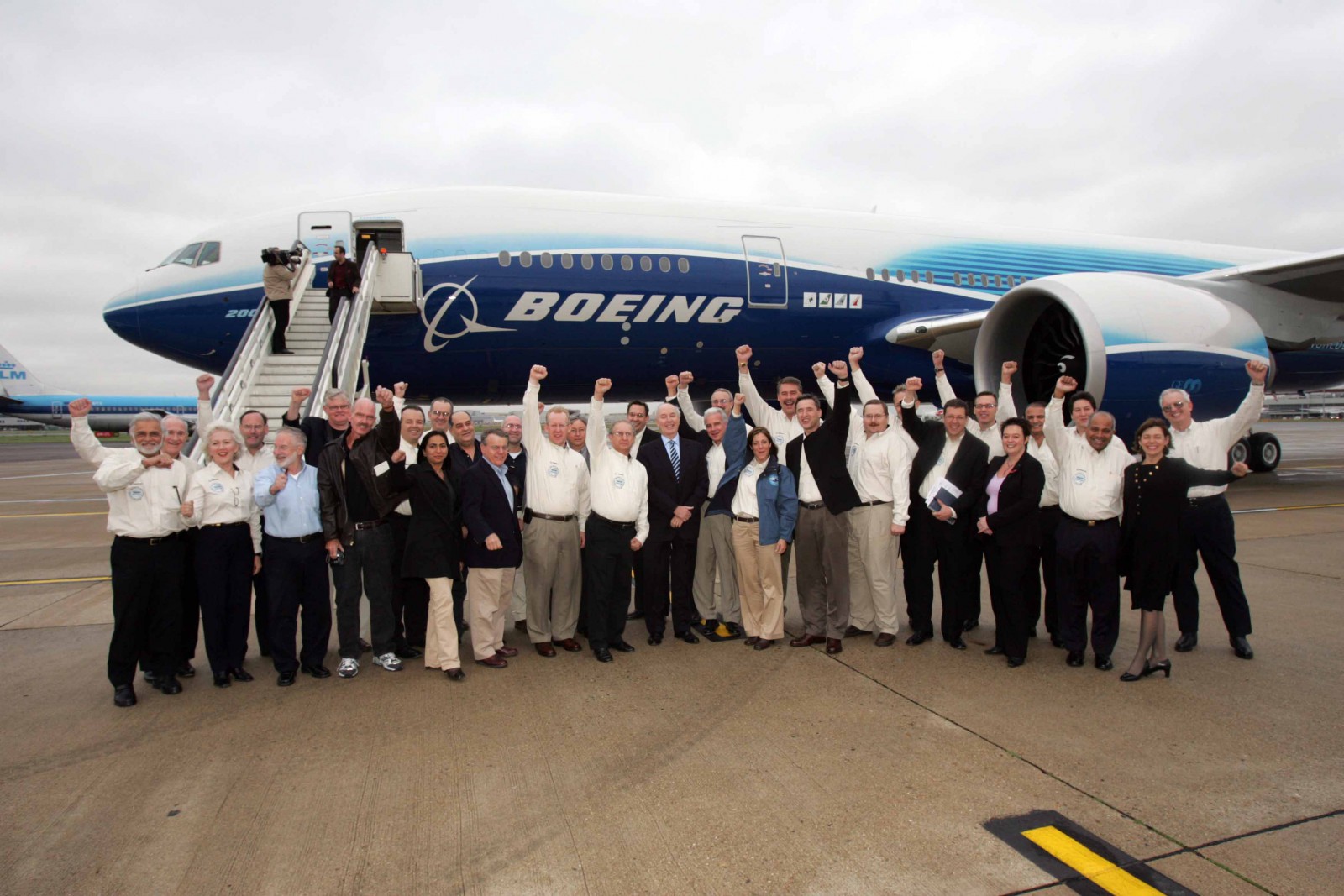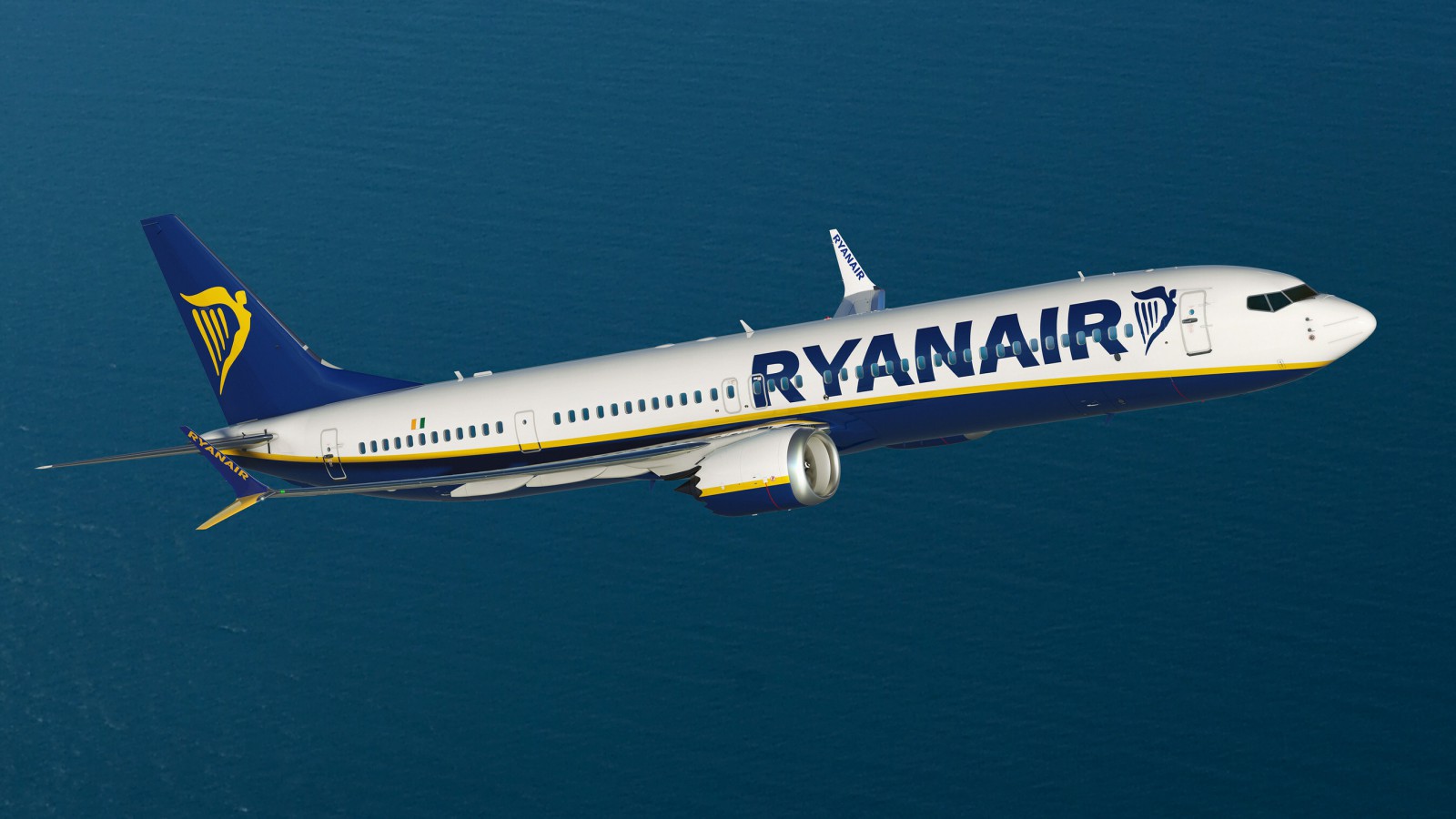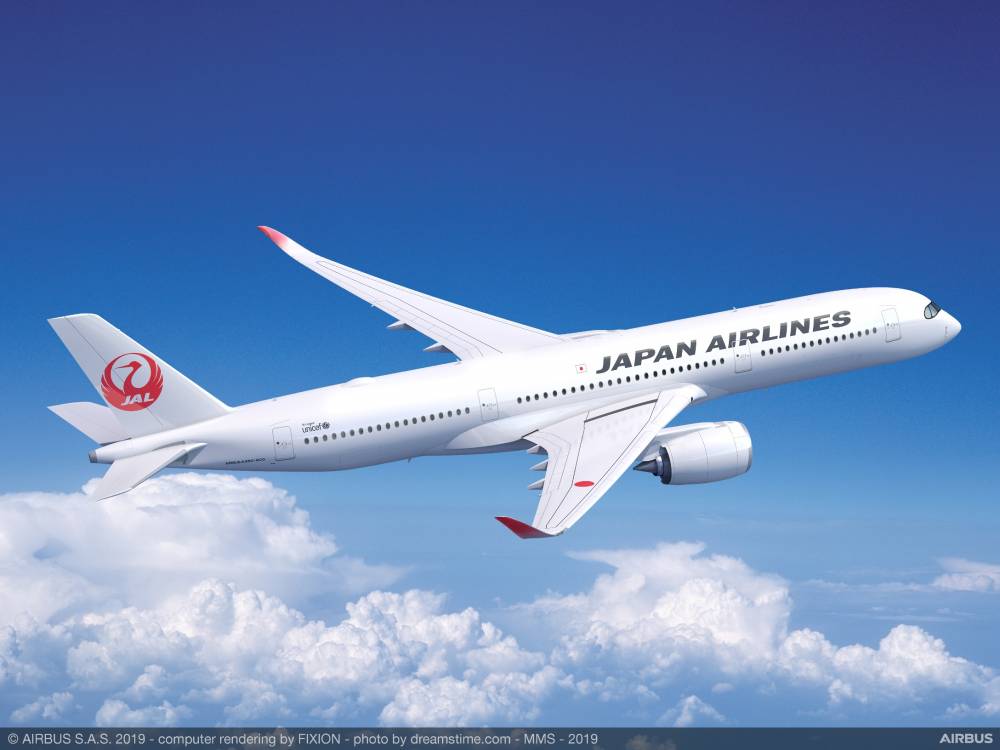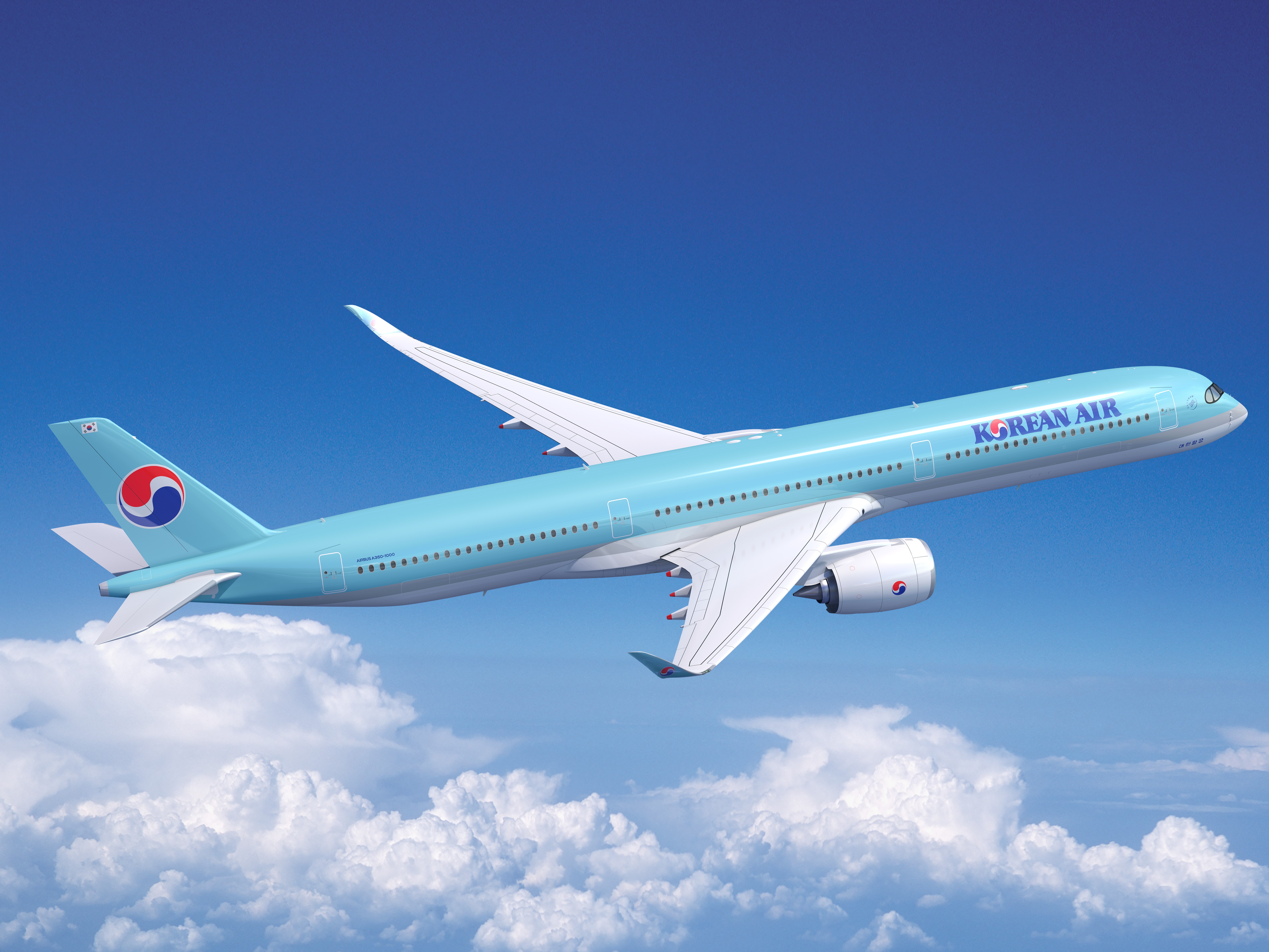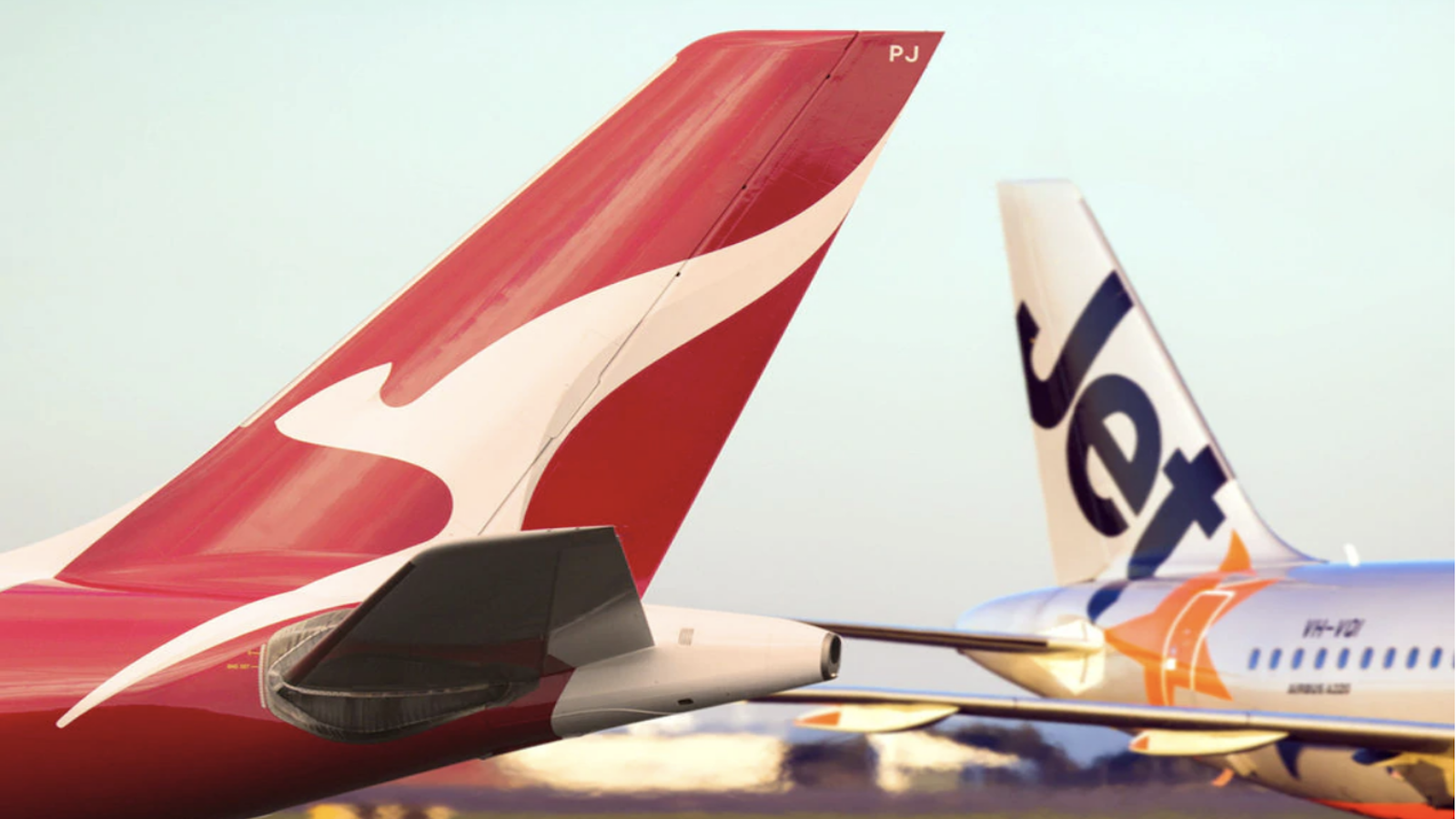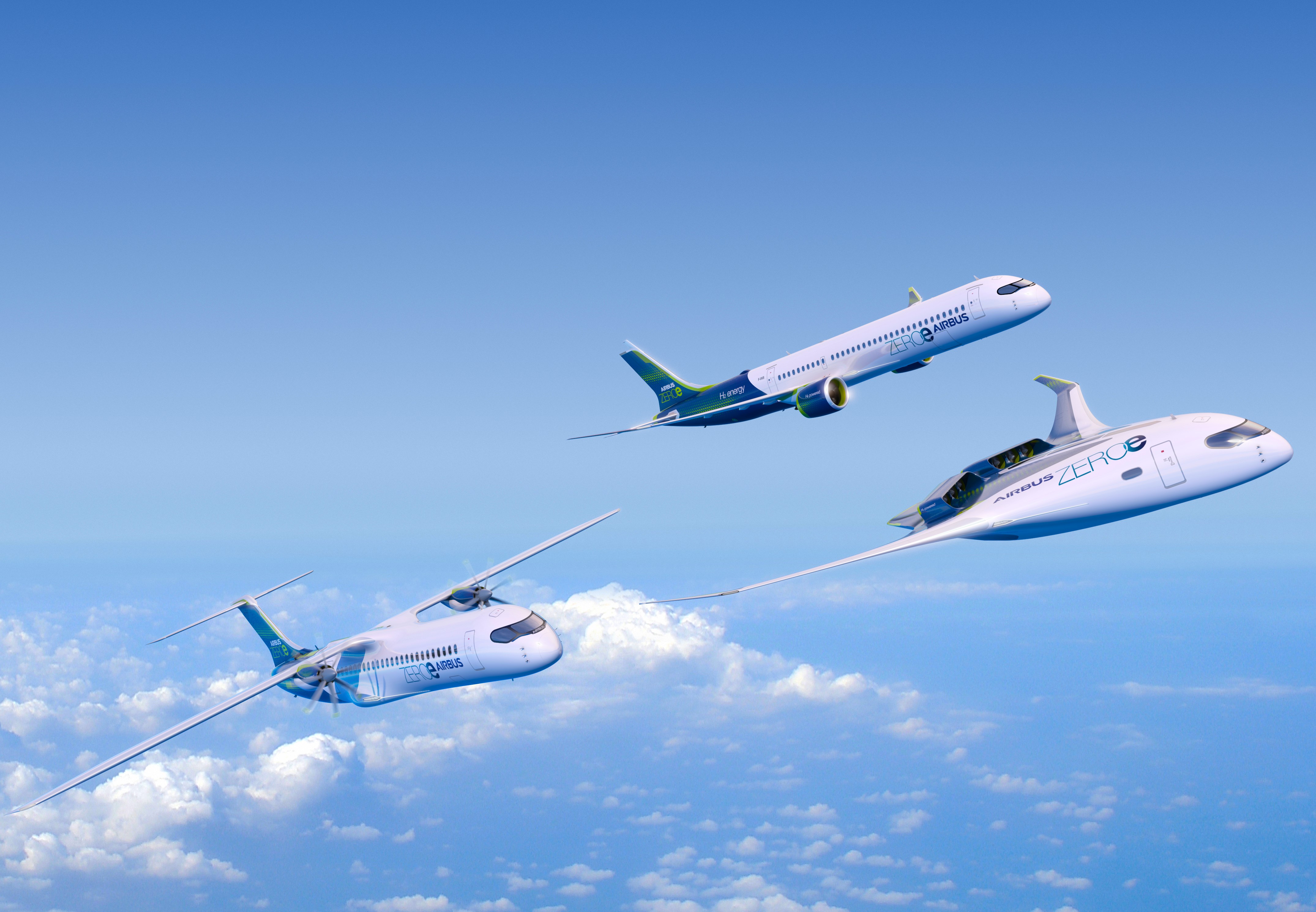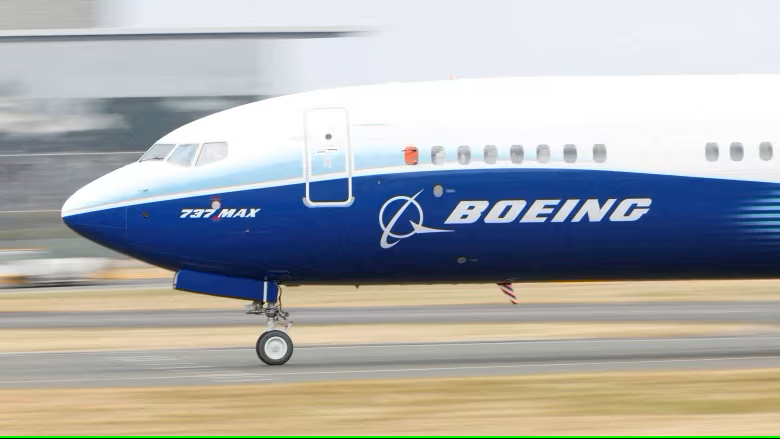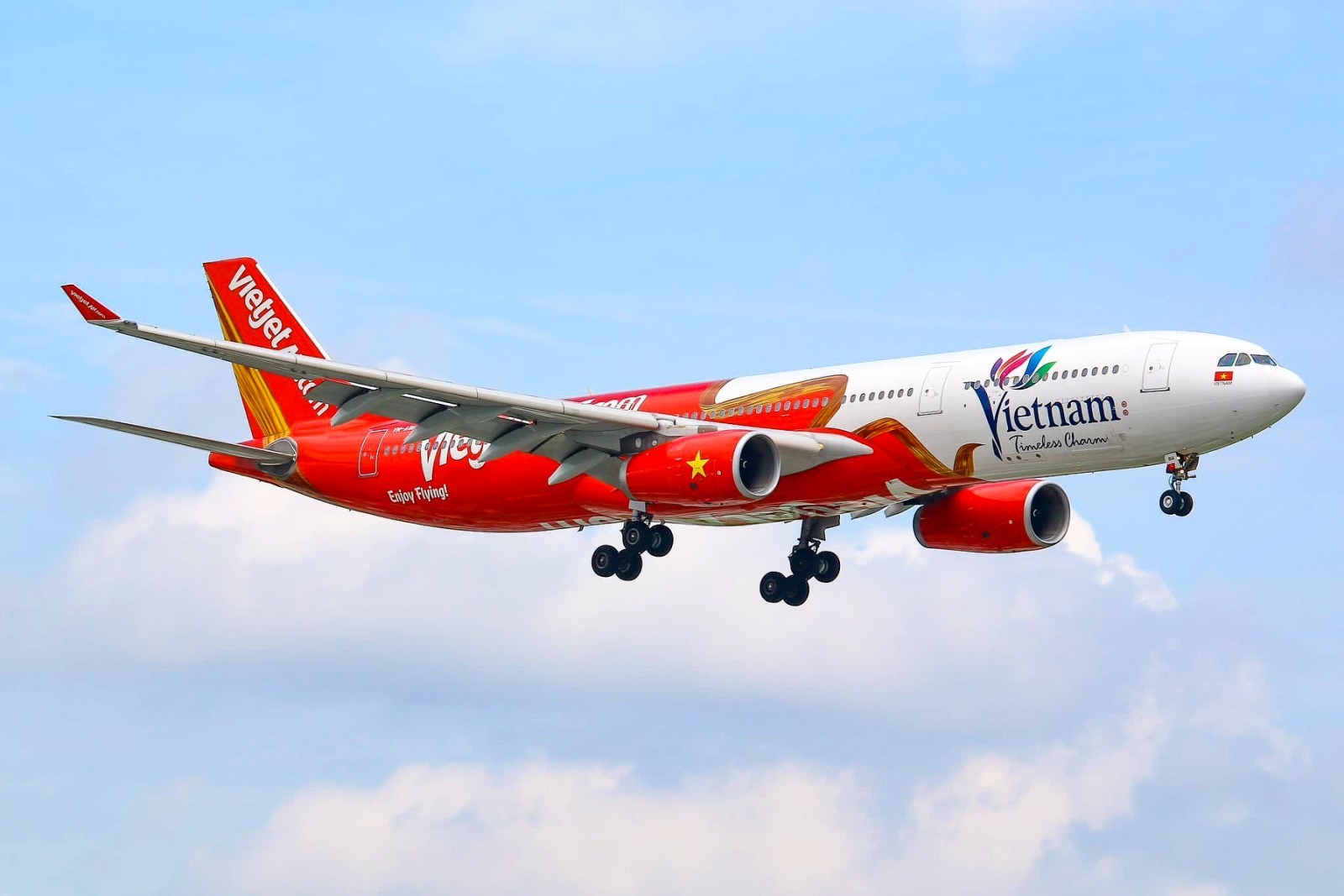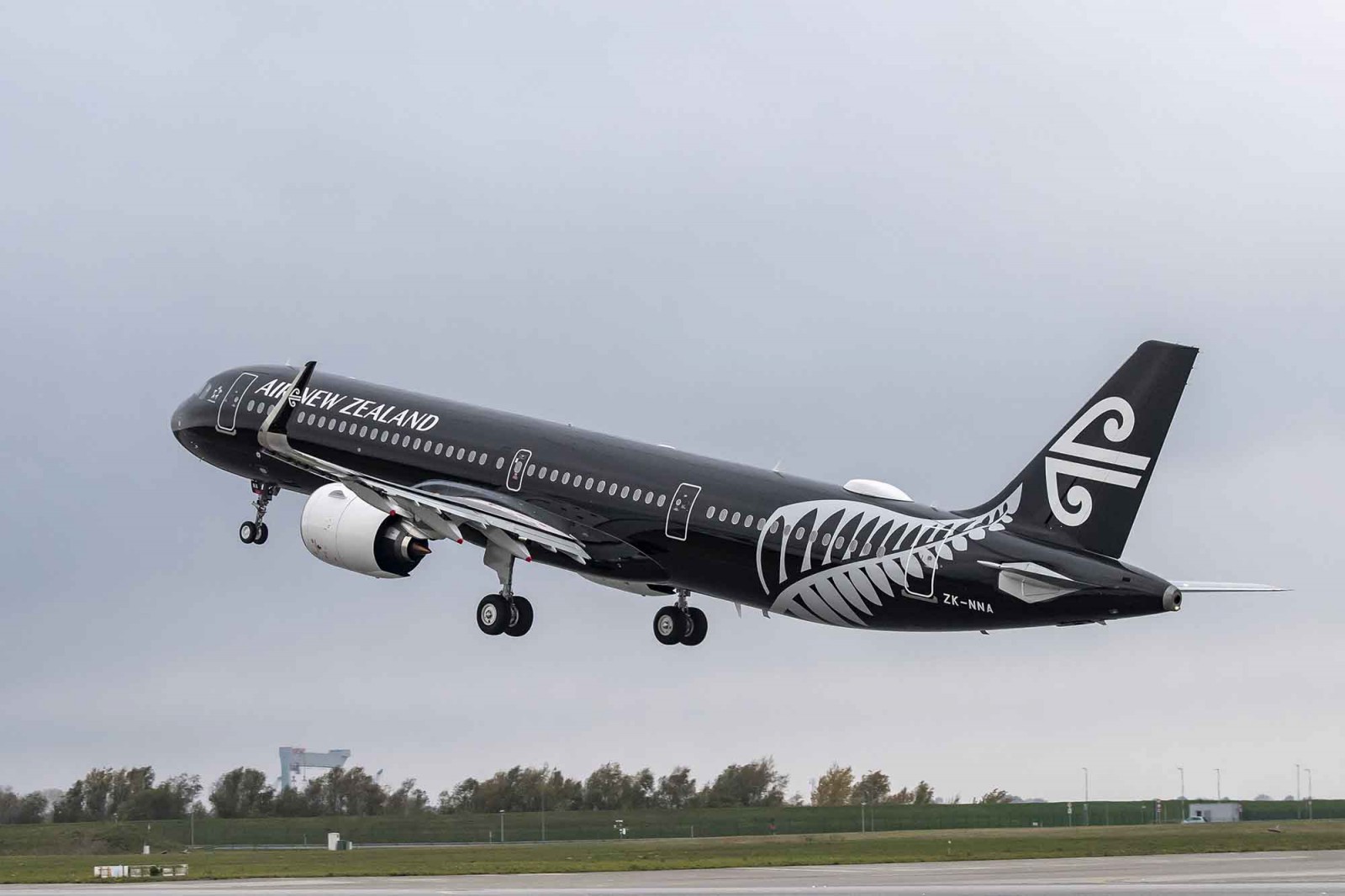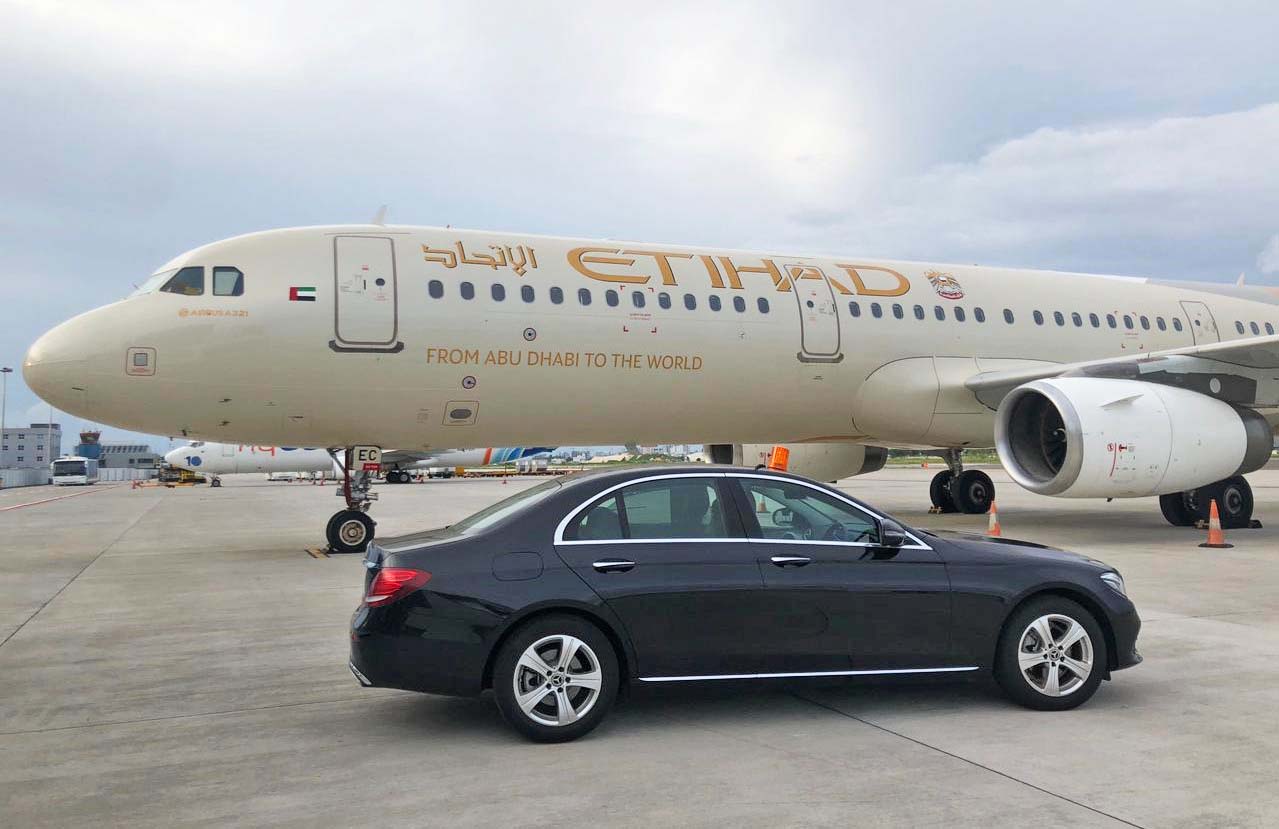I would happily fly on a Boeing jet despite the supposed rash of incidents in the past few months because incidents happen all the time in aviation and just as many happen to Airbus aircraft as Boeing.
At Airlineratings.com we did a survey of major incidents for 2023 and up to March 23rd 2024 and the results were fascinating.
We found that there were 515 significant incidents involving Airbus aircraft and 545 involving Boeing aircraft which is not surprising as there are slightly more Boeing aircraft flying than Airbus types. In almost all cases the incidents had nothing to do with Airbus or Boeing but were airline or weather-related.
Balance those numbers against the total number of commercial flights per year of over 40 million or 110,000 a day!
READ: Last year was the safest for flying
READ: Which are the safest aircraft?

Certainly, the short to medium-range Boeing 737 and Airbus A320 are more in the news because there are so many in service and they typically perform about four sectors a day. These two 180-220-seat aircraft operate over 50% of the world’s commercial flights and are the backbone of commercial aviation. Boeing and Airbus have both delivered over 11,000 of their respective models to airlines and corporate customers. Boeing has orders for almost 5,000 more 737s and Airbus has over 7,000 A320 family models.

Boeing 737 MAX 9
Most of the incidents that are not weather or airline-related don’t involve Airbus or Boeing directly but are caused by malfunctions in components supplied by hundreds of suppliers. For instance, Airbus and Boeing don’t make engines, undercarriages, wheels, cockpit avionics, seatback video systems, galleys and seats. And the list goes on and on. So quite often if there is a problem with a component on a Boeing aircraft then it is likely the same issue impacts Airbus.
The Boeing supplier network includes more than 20,000 suppliers and partners. The company has 11 research & development centres, 16 consortia and 22 joint research centres as well as relationships with more than 50 international universities. Airbus has similar numbers.
Naturally, the media is focused on Boeing after the Alaska Airlines 737 door incident in January so any incident involving Boeing planes grabs the headlines or gains social media traction, while Airbus incidents, unless a crash is involved, go largely ignored.
Boeing has an incredible history in aviation and gave us the 707 and 747, helped put a man on the moon, and was the lead integrator of the International Space Station. It built the GPS satellites and the rockets that put those satellites into space. It has through its merger with McDonnell Douglas in 1997, built most of the free world’s fighter jets as well as the magnificent C-17 transport aircraft that brings humanitarian aid and disaster relief to millions and the list goes on. And to that list the magnificent Boeing 777-300ER which is the backbone of international travel and is the most reliable wide-body aircraft in service.
There is no question however that Boeing has production problems which are being addressed and experts suggest the company is on top of the issues with permanent fixes.
JOIN: AirlineRatings.com YouTube Channel
GET: Accurate MH370 Information From AirlineRatings.com Newsletter
Airlineratings.com is packed with information about air travel and answers questions that many of us may have thought of, but didn’t know who to ask. Well, now you do!
Airlineratings.com was developed to provide everyone in the world with a one-stop shop for everything related to airlines, formed by a team of aviation editors, who have forensically researched nearly every airline in the world.
Our rating system is rated from one to seven stars on safety – with seven being the highest ranking. Within each airline, you will find the country of origin, airline code, booking URL and seat map information. The rating system takes into account a number of different factors related to audits from aviation’s governing bodies, lead associations as well as the airline’s own safety data. Every airline has a safety rating breakdown so you can see exactly how they rate.
Over 230 of the airlines on the site that carry 99 per cent of the world’s passengers have a product rating. Given that low-cost, regional and full-service carriers are so different we have constructed a different rating system for each which can be found within each airline.
Airlineratings.com has information on over 30 types of aircraft from the latest Boeing 787 to the A380 and smaller jets.
Best of all, there are simple answers to many of the quirky questions including:
- “What are all those noises after takeoff and before landing?”
- “Why do you have to put the window shades up for landing and takeoff?”
- “What is a winglet and what is it for?
- “Why is it so costly to fly short distances?”
- “How often is an aircraft maintained?
- “How strong is a wing?”
- “How do they test aircraft”
- “How often do plane tires need to be replaced?”















